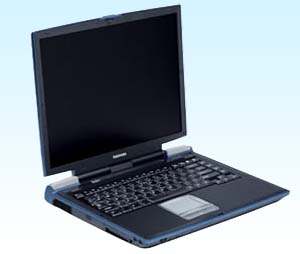February 3rd To See Rs 500 Laptop Display
 On 3rd February, when the National Mission on Education through Information and Communication Technology is launched; the people would also see a $10 laptop (Rs 500) prototype, with 2 GB RAM capacity, would be on display in Tirupati.
On 3rd February, when the National Mission on Education through Information and Communication Technology is launched; the people would also see a $10 laptop (Rs 500) prototype, with 2 GB RAM capacity, would be on display in Tirupati.
The latest $10 laptop project has arrived as a response to the $100 laptop of MIT's Nicholas Negroponte, which he was trying to sell to India. This $10 laptop had been possible due to the efforts put in by students of Vellore Institute of Technology, scientists in Indian Institute of Science, Bangalore, IIT-Madras and involvement of PSUs like Semiconductor Complex.
R P Agarwal, secretary, higher education, reported, “At this stage, the price is working out to be $20 but with mass production it is bound to come down.”
The reason why HRD was refusing to accept to Negroponte's One Laptop Per Child (OLPC) project was the high and the hidden cost that worked out to be $200, other than misinformation regarding the technology of the $100 laptop.
Furthermore, demonstration of e-classroom, virtual laboratory and a better 'Sakshat' portal that was launched more than two years ago, would also be seen in the mission launch. It has also been learnt from the sources that an agreement has been entered upon by the ministry with four publishers, Macmillan, Tata McGraw Hill, Prentice-Hall and Vikas Publishing, with the motive to upload their textbooks on 'Sakshat' and five percent of these books can be accessed for free.
The basic aim of this mission, with an 11th plan outlay of Rs 4,612 crore is to make serious intervention in enhancing the Gross Enrolment Ratio in higher education. There are two major components of the mission, of which content generation through its portal 'Sakshat', constitutes the first and building connectivity along with providing access devices for institutions and learners forms the second.
“In this context, government would give Rs 2.5 lakh per institution for 10 Kbps connection and subsidise 25% of costs for private and state government colleges,” said the sources.
“The mission would seek to extend computer infrastructure and connectivity to over 18,000 colleges in the country, including each department of nearly 400 universities and institutions of national importance,” they added.
At last, the mission would also concentrate on appropriate e-learning procedures, providing facility of performing experiments via virtual laboratories, online testing and certification, online availability of teachers to guide and mentor learners, and consumption of EduSat and DTH.